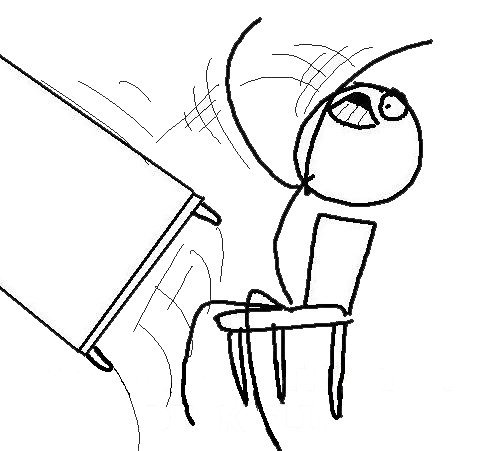After taking my own measurements (which wasn't always easy) using the ten directions from my last post, the next step was to draft one half of the front of the shirtwaist in your own size. Although the directions specifically were to take ten measurements total and make ten different drafts according to those different measurements, I've decided to only do just my own, mostly because I don't think the locals would take kindly to an obviously mad person chasing after them with a tape measure and probably accidentally touching their boobs in the process.
Moving on from that delightful image....
Moving on from that delightful image....
The drafting began by making two lines two inches into the paper for the draft to hang off of. Since all my tools, and all my paper for that matter, is in metric, this made it rather difficult. Since, though, consistency matter more than actual size for these particular lines, they ended up a little wider than two inches. The draft started from the top and worked its way down. Using a combination of logically labeled lines and dots (which became less logically labeled as the draft progressed), it was a relatively easy process aside from the dressmaking trigonometry involved. My personal favorite was an instruction that asked you to subtract one measurement from another and then divide the result by four. How did people come up with this stuff? Anyway, it probably would have been even easier if I'd had inch-using tools to work with.
 |
| Because nothing says fashion like a tight-laced corset that warps your spine. |
The most difficult part was probably the image above- drafting the darts. This was mostly due to the fact that I do not have a dressmaking curve ruler thing, so I free-handed it using the image in the book as a reference. When it came time to make the mirrored darts at the bottom, I freaked out a little about symmetry and tried folding the paper along the waist line there thinking if I ground in the lead hard enough into the paper that I might be able to see it through the other side and trace a copy, but it was no good. After going through the trouble of folding the paper, though, I realized that trying to trace it like a mirror was probably useless anyway because of the slope the darts were sitting on. Probably worth noting, too, is how different my waist line is compared to the book's waist line. The book said that the line changes depending on the measurements of the person and can tend to slope the other way (such as mine is) when the front of the person is 'shorter' than the back of them. I shrugged this off as an entertaining anomaly at first, but the more I thought about it as I worked and the more I looked at the model, the more I realized that my front measurements are short compared to the example because the example was measured most likely in the shape of a pigeon-breasted waist, which was all the rage in 1909. So really, my measurements were normal- it's the examples that are freakishly disproportioned. (PS: sorry for the bad position of the vintage picture- blogger isn't cooperating with me at all this evening.)
It was just after I finally finished getting both sets of darts right that I read this:
"The darts below the waist line are made here to give the idea of how they should appear in the tight- fitting dresses, such as the Princess, and sometimes wrappers. They are not used in waists."


Oh well. You live and learn. My goal is to eventually make a coat anyway......
No comments:
Post a Comment